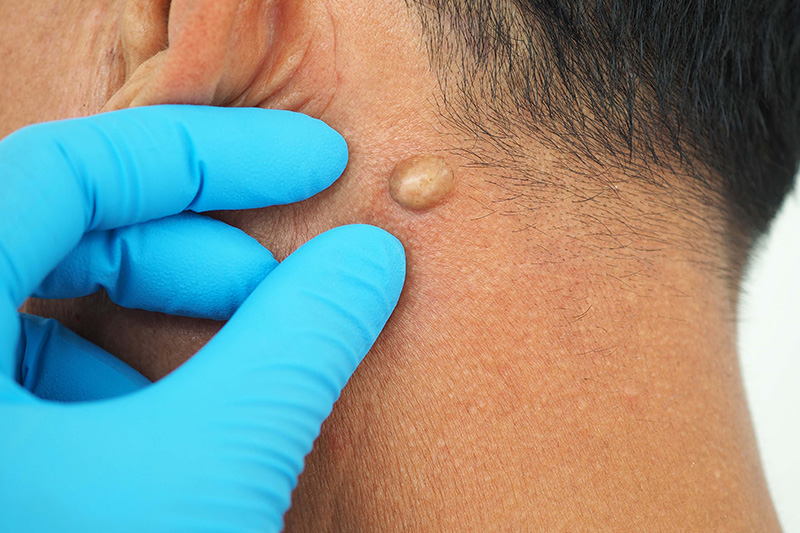Neck Lumps
Lumps in the neck happen relatively frequently but are rarely harmful. They usually are tender to the touch and go away on their own. If yours is hard or has grown, see a doctor immediately.
Neck lumps can happen to anyone, even children. Oh, painless lumps are more dangerous
Neck lumps have various causes. They include:

Swollen lymph nodes
Lymph nodes – found in the face, neck, armpits, chest, abdomen and groin – can become swollen when bacteria or viruses accumulate in the lymph fluid. This happens when you become ill and the white blood cells in the lymph nodes are trying to fight off infections such as a cold, tonsillitis, or HIV. Sometimes, swollen lymph nodes indicate immune disorders such as rheumatoid arthritis, and cancer such as lymphoma.

Thyroid nodules
A butterfly-shaped gland in the front of the neck, the thyroid is responsible for hormone production and regulates bodily processes including metabolism. Some nodules on the thyroid can develop into lumps that press on on the windpipe to cause shortness of breath.

Salivary gland infection
Salivary glands produce spit in the mouth to lubricate the throat and moisten food for easier swallowing. But debris, or an infection such as mumps, can cause the glands to become blocked and swollen. If neglected, cancer may develop.

Cysts
These masses are filled with fluid and usually not cancerous. But doctors may recommend having them surgically removed to prevent complications.

Cancer
More likely among older people, neck lumps can indicate cancer in nearby structures such as the mouth, throat or larynx, or the lymphatic system.

When should you see a doctor?
Get yourself checked by an ENT specialist if you experience the following:
- The lump has lasted for more than 2 weeks
- The lump has grown in size
- The lump has become hardened to the touch
- Hoarseness in your voice
- Difficulty with breathing
- Difficulty with swallowing
- Difficulty with hearing or pain in the ear on the same side as the lump
- Pain in the neck or throat
During the consultation with an ENT specialist, you will be asked about your medical history. Besides an examination of your head and neck, you may have to undergo an endoscopy.
During an endoscopy, a small tube with an attached camera is inserted through your nose and lowered into your throat, voice box and esophagus for more thorough check.
Further tests may be required. These can range from ultrasound/CT/MRI/PET scans to X-rays. Sometimes, a biopsy is recommended.
How can neck lumps be treated?
Treatments vary with the causes, for instance, antibiotics for infection, etc. If the neck lump is cancerous, surgery is necessary. Otherwise, follow-up appointments are advised.
